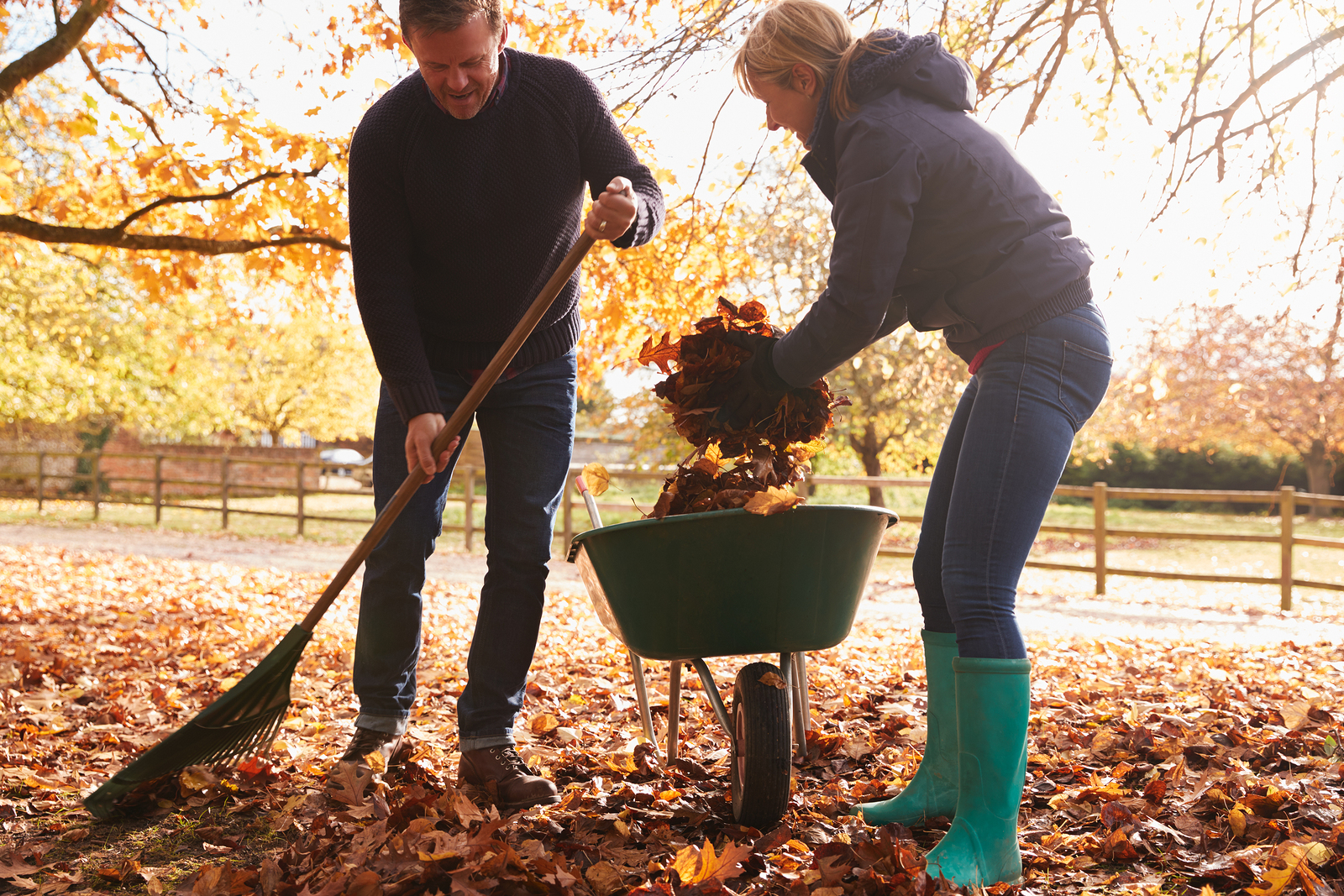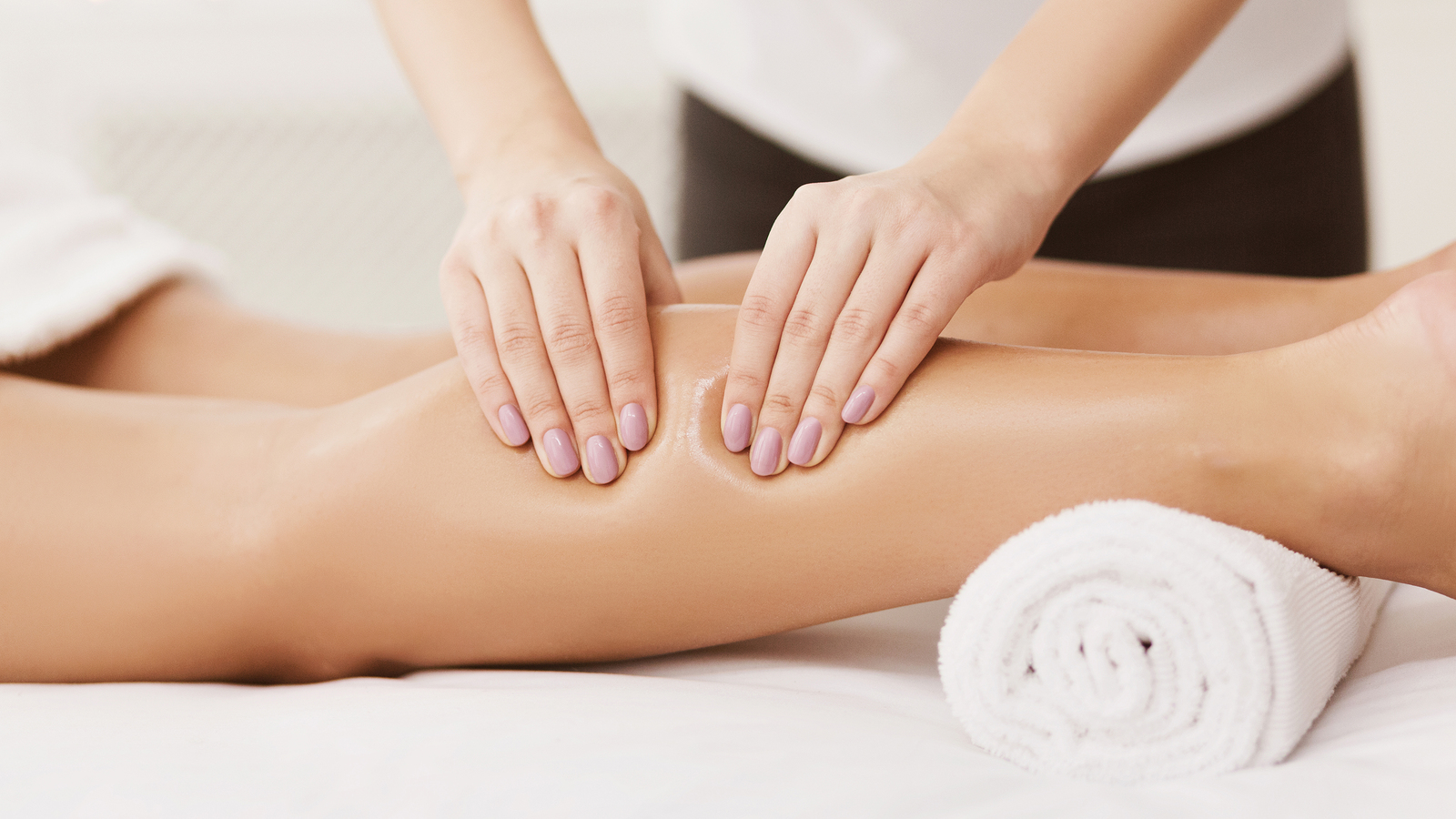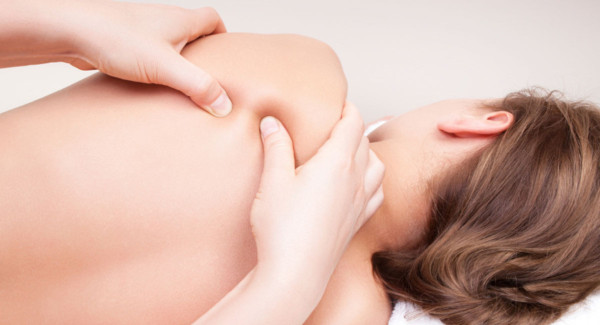Understanding Sciatica and How Chiropractic Can Treat It
Back pain is an extremely common symptom of various health conditions, chronic stress, poor posture, and much more. Reasonably so, people chalk this pain up to any number of factors and give a mislabeled diagnosis – such is the case with sciatica. Understanding the causes and symptoms of sciatic pain can lead you to the correct treatment option.
What is sciatica?
Sciatica refers to pain in the lower back, butt, legs and feet that results from irritation of the sciatic nerve. The largest nerve in the body, the sciatic nerve spans from the lower lumbar region, through the hips, and down the leg.
Technically, sciatica is not a condition. Rather, it is a symptom of an underlying issue that is affecting the sciatic nerve. Depending on the contributing factors, you may deal with any number of symptoms ranging from mild to severe:
- Dull, aching pain or shooting pain, like a jolt of electricity
- Numbness
- Tingling
- Muscle weakness
- Inflammation
Causes of sciatica
Sciatica results from anything that irritates or compromises the sciatic nerve root as it exits the lumbar region at segment L4 to S3. Commonly, sciatica is caused by herniated discs, bone spurs, disc degeneration, joint dysfunction or spinal stenosis (the narrowing of the spine). Although, some factors like stress-induced trigger points, aging, obesity, sedentary or physically tasking jobs, and diabetes make you more susceptible to experiencing these disruptions.
What is NOT sciatica?
Commonly, the symptoms of sciatica are confused with other conditions. Because the pain extends to the lower body, it’s easy to believe there is an issue with the legs when its actually radiating from the sciatic nerve.
Sometimes, people confuse sciatica with the condition piriformis syndrome. This condition results due to spasms in the small piriformis muscle located in the buttocks. The tightness can also irritate the sciatic nerve and cause sciatic-like pain, numbness, and tingling from the lower back down through the feet.
Likewise, arthritis and joint pain can cause discomfort in the legs that feel similar to sciatica symptoms.
Sciatic treatment options at Bend Chiropractic
Mild or isolated cases of sciatica may resolve with time and OTC medications. Before considering surgery, your doctor will suggest non-surgical treatment options like chiropractic, acupuncture, hot-cold compress and more. Chiropractic and massage therapy can relieve pressure on the nerves and restore some level of comfort to daily activities.
Chiropractic Care
Adjustments gradually return your spine to its proper alignment. This service removes unwanted pressure from the sciatic nerve which may fully resolve the problem. Additionally, your chiropractor will give you individualized stretches and exercises to do at home that may reduce lower back pain and prevent it from returning.
Massage Therapy
Muscle tightness and spasms can constrict nerves and induce sciatic pain. Deep tissue massages and trigger point therapy works to release some of this tension and provide comfort after the first visit.
Sciatic pain, although uncomfortable, is extremely common and treatable. Because sciatica sometimes occurs due to spinal misalignments, excess tension, and other everyday factors, regular maintenance care may decrease the likelihood of sciatic pain returning. At Bend Total Body Chiropractic & Massage, we can help treat sciatica and keep you comfortably on-the-go.










